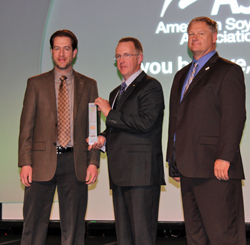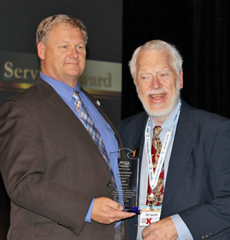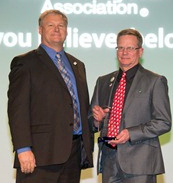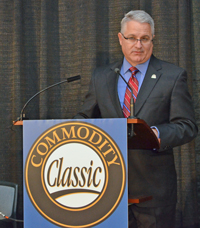 While at the 2015 Mid-South Farm & Gin Show, our own Chuck Zimmerman had a chance to chat with Monsanto’s Keylon Gholston, Cotton Product Manager with Monsanto, who provided insight into new cotton technologies and products that will be beneficial to growers.
While at the 2015 Mid-South Farm & Gin Show, our own Chuck Zimmerman had a chance to chat with Monsanto’s Keylon Gholston, Cotton Product Manager with Monsanto, who provided insight into new cotton technologies and products that will be beneficial to growers.
Keylon was excited to further explore the 2015 varieties that Monsanto released in December; “We really want to bring increased yield and fiber quality to the market place.” Deltapine 1555 Bollgard II Roundup Ready Flex has extremely high yield potential with fiber quality that is a step above the current line-up. The second variety is Deltapine 1558 Bollguard II Flex NR, a root knot nematode resistant variety that yields well under heavy or moderate nematode pressure.
Five XtendFlex varieties have been announced for 2015 after Monsanto received deregulation of the Xtend technology; DP 1518 B2XF and DP 1522 B2XF for shorter season markets, DP 1538 B2XF & DP 1553 B2XF for mid- to full-season markets, and DP1549 for acres in West Texas and Arizona.
All varieties, five XtendFlex & two Flex, are available for the 2015 growing season. Gholston stressed optimism in the cotton industry due to genetic advancements made within the last ten years that have improved yield and efficiency, thereby increasing profitability for growers.
Listen to Chuck’s interview with Keylon here: [wpaudio url=”http://zimmcomm.biz/farm-gin-show/mid-south-15-monsanto-gholston.mp3″ text=”Interview with Keylon Gholston, Farm and Gin Show”]














